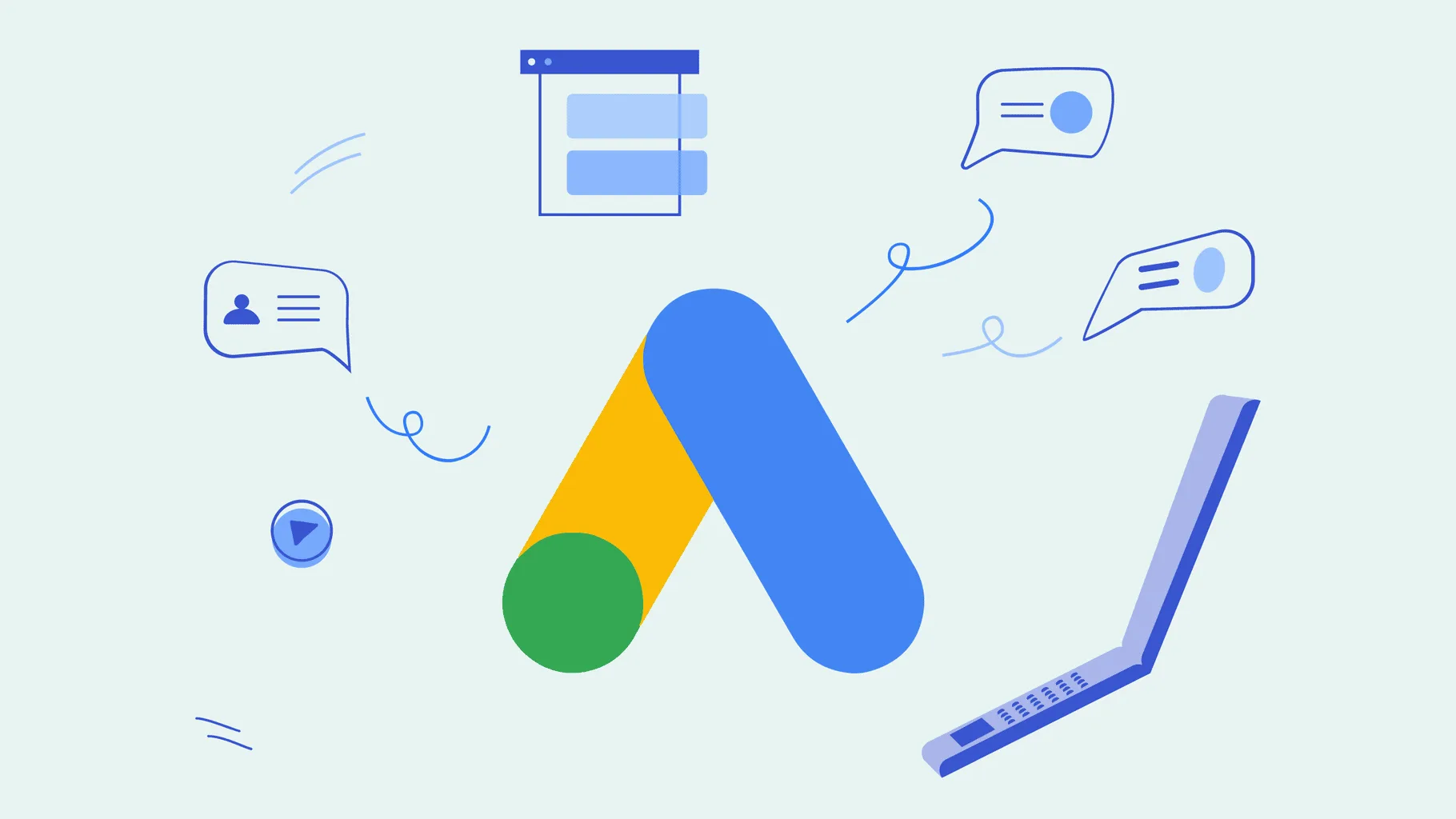In the rapidly evolving digital landscape, the demand for mobile applications continues to surge. Developers are constantly seeking efficient backend solutions to power their apps. One intriguing option gaining popularity is using WordPress as a backend. In this guide, we’ll delve into the process of building a mobile app with WordPress as the backend, providing developers with valuable insights and step-by-step instructions.
Why WordPress as a Backend?
WordPress, renowned as a powerful Content Management System (CMS), offers a compelling backend solution for mobile app development. Its scalability, flexibility, and user-friendly interface make it an attractive choice. We’ll explore the advantages in-depth, highlighting how WordPress can streamline the backend development process.
Prerequisites
Before diving into development, certain tools and technologies are essential. This section will outline the prerequisites, including setting up a WordPress site and introducing the chosen mobile app development framework. A clear understanding of the foundational elements is crucial for a smooth development journey.
Installing Necessary Plugins
To leverage WordPress as a backend, specific plugins are required for establishing RESTful APIs. We’ll guide you through the process of selecting and installing the right plugins, ensuring seamless integration with the mobile app. Configuring WordPress for optimal performance will also be covered in this section.
Building the Mobile App Frontend
With the backend foundation in place, it’s time to focus on the mobile app’s frontend. We’ll provide an overview of the chosen development framework, guiding you through the steps to connect the app to the WordPress backend. Design considerations will be discussed to ensure a user-friendly and visually appealing interface.
Creating and Managing API Endpoints
Understanding the structure of the WordPress REST API is pivotal for effective backend communication. This section will cover the creation of custom endpoints to handle specific functionalities. Additionally, we’ll explore security measures to protect API endpoints from unauthorized access.
Handling User Authentication
Ensuring secure user authentication is a critical aspect of mobile app development. We’ll delve into the integration of authentication mechanisms, such as OAuth or JWT, providing developers with the knowledge to implement a robust login/logout process.
Optimizing Performance
Performance optimization is key for delivering a responsive and efficient mobile app. This section will explore techniques to optimize performance, including caching strategies and considerations for handling large datasets, ensuring a seamless user experience.
Testing and Debugging
Thorough testing and effective debugging are essential for a successful mobile app launch. We’ll discuss the implementation of testing procedures and provide debugging tips to troubleshoot common issues. Ensuring cross-platform compatibility will also be covered.
Deployment and App Store Submission
As the development phase concludes, developers must prepare their app for deployment. This section will guide you through the deployment process and offer valuable insights into submitting your app to app stores, such as Google Play and the App Store. Best practices for ongoing maintenance and updates will also be discussed.
Takeaway
This guide has equipped developers with the knowledge and tools to embark on the exciting journey of building a mobile app with WordPress development as the backend. As technology continues to advance, the synergy between mobile app development and WordPress holds promise for innovative and seamless applications.
When it comes to WordPress development, look no further than Web Boost Online. Their expertise and commitment to excellence make them the go-to choice for unleashing the full potential of your website.











